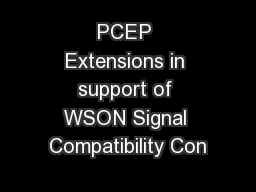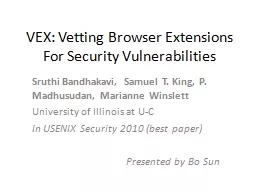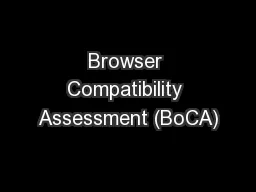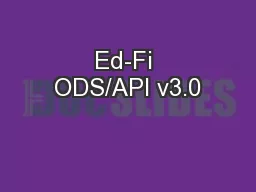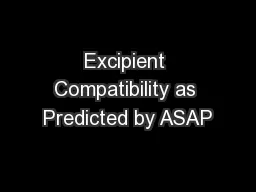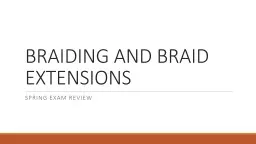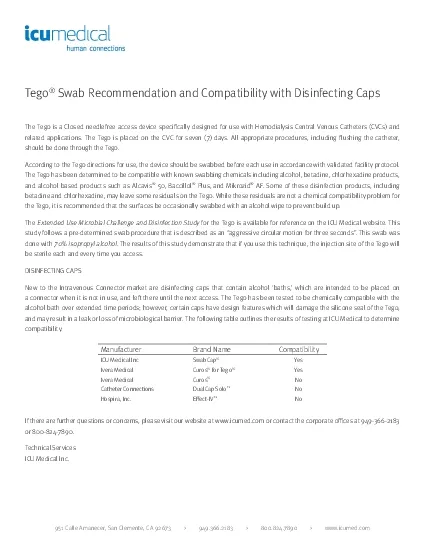PPT-PCEP Extensions in support of WSON Signal Compatibility Con
Author : pamella-moone | Published Date : 2016-07-30
ltdraftleepcewsonsignalcompatibility00txtgt Young Lee yleehuaweicom Huawei Greg Bernstein gregbgrottonetworkingcom Grotto Networking MotivationBackground Signal
Presentation Embed Code
Download Presentation
Download Presentation The PPT/PDF document "PCEP Extensions in support of WSON Signa..." is the property of its rightful owner. Permission is granted to download and print the materials on this website for personal, non-commercial use only, and to display it on your personal computer provided you do not modify the materials and that you retain all copyright notices contained in the materials. By downloading content from our website, you accept the terms of this agreement.
PCEP Extensions in support of WSON Signal Compatibility Con: Transcript
Download Rules Of Document
"PCEP Extensions in support of WSON Signal Compatibility Con"The content belongs to its owner. You may download and print it for personal use, without modification, and keep all copyright notices. By downloading, you agree to these terms.
Related Documents

